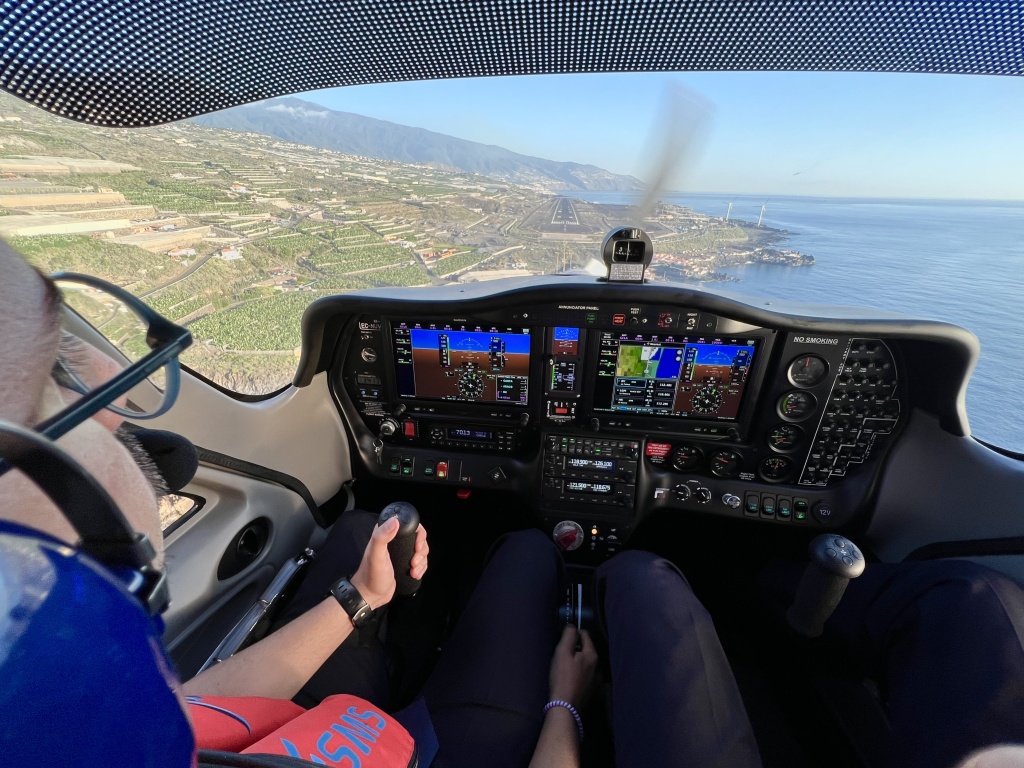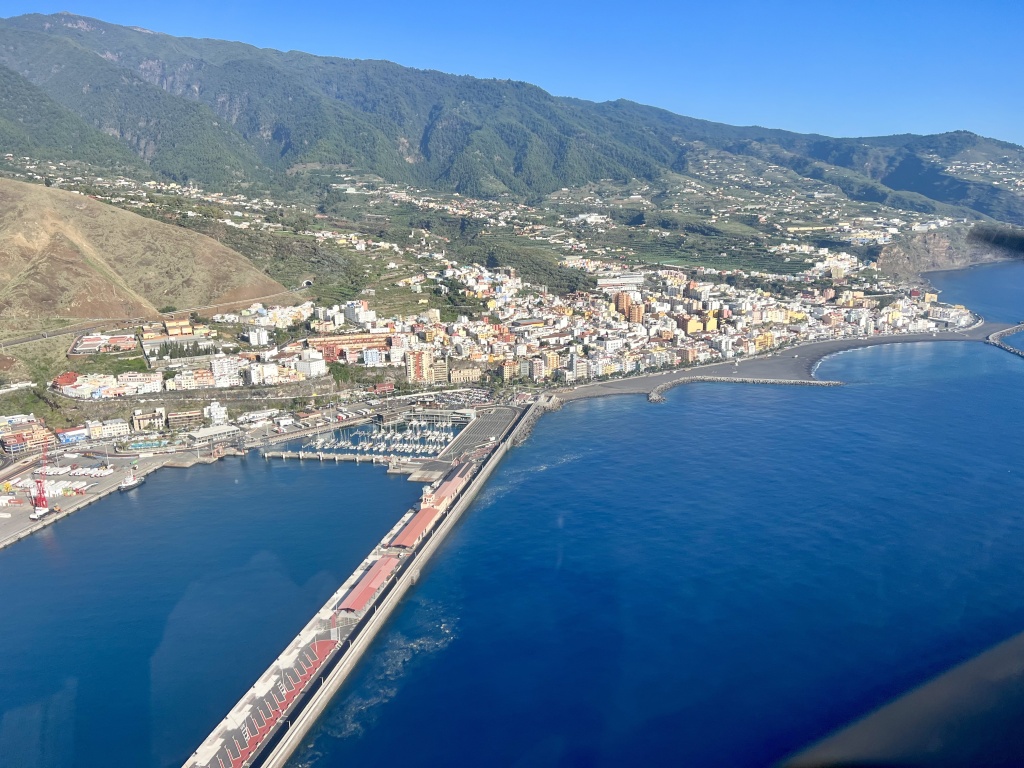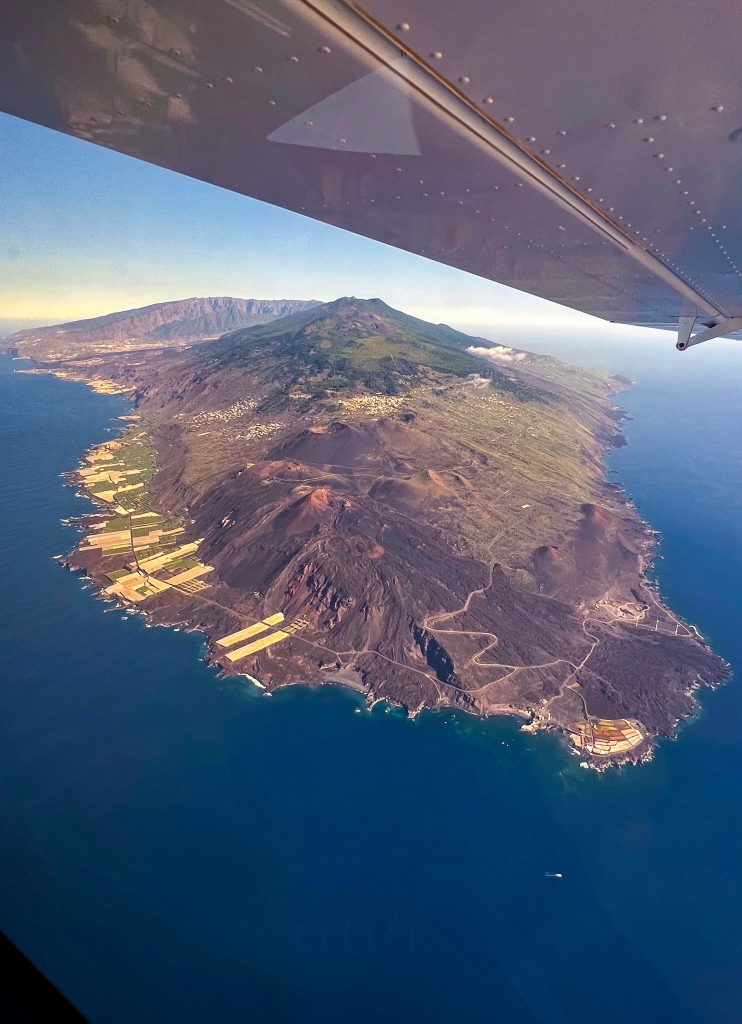Updated 15.11.2023
After visiting the closed aerodrome “El Revolcadero” at La Gomera, I did mention that my next stop will be at Breña Alta, to explore the former La Palma’s aerodrome.
So here it comes. Unfortunately there is not much to see around. A road is passing on the former runway and the terminal building and the tower are not accesible.

The elevation of the aerodrome is 1.3700 feet and is surrounded by mountainous terrain, which I think was the cause why the aerodrome was closed. When clouds start to form, visual approach into this airport could become pretty complicated or maybe impossible.
The aerodrome was opened in 1955 and served until 1970. Initaly I didn´t have any relative information about the runway length, nor designation; but thanks to Claudio Sánchez added on Twitter some value information and now we know that the runway designators were 03-21.

The Tower building looks to be still in a pretty good shape, considering it was closed for more than 50 years. Unfortunately the access was blocked, so it’s not possible to climb up to enjoy the “old airport” views.
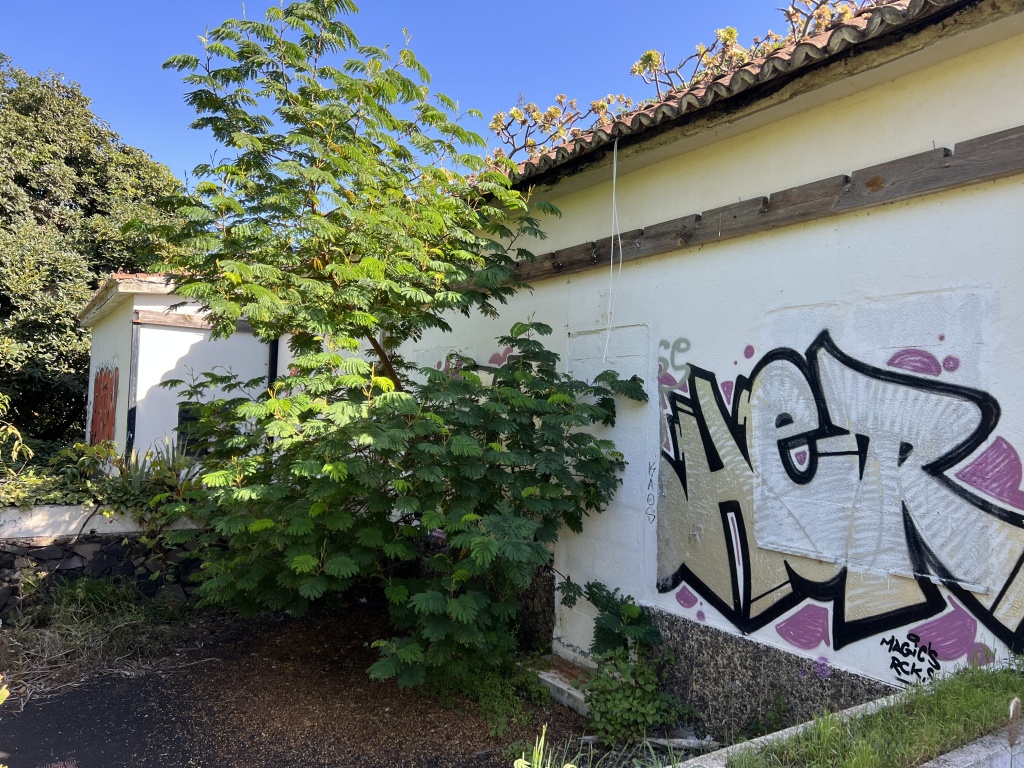
The terminal building doesn´t look that bad either. But again, it’s not accesible. All doors and windows have been blocked.
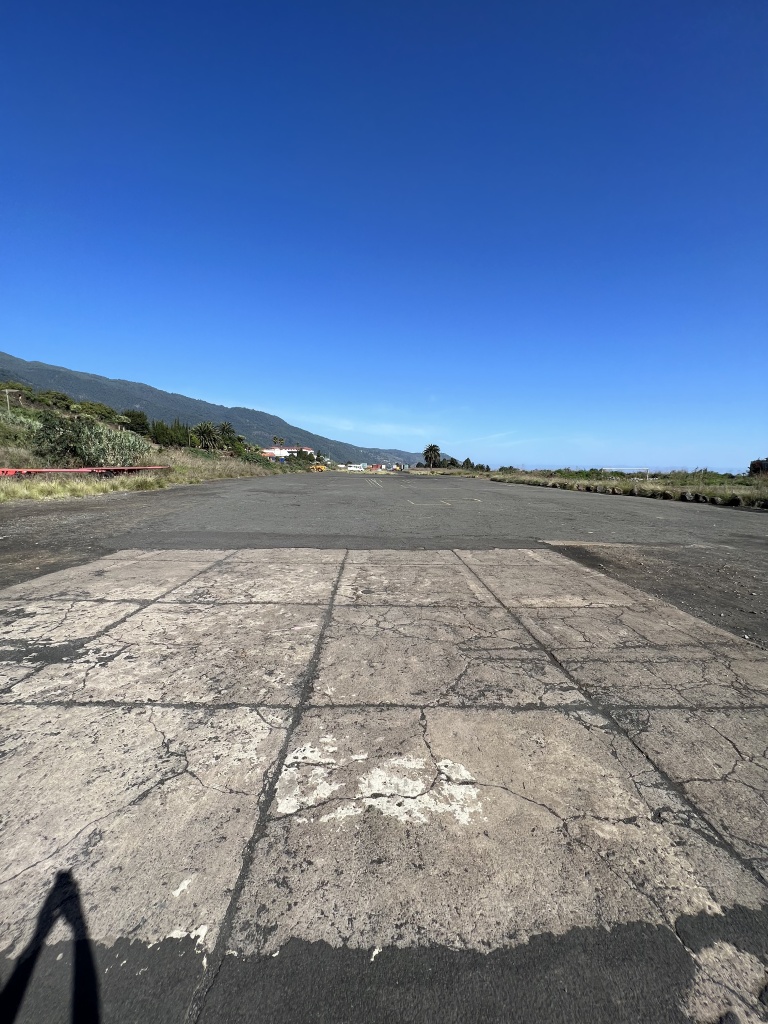
And how about the runway? Well, on Google Maps you can clearly see that once there was a runway, now a road is passing on it.
Tried to measure the length of the runway on my Foreflight App and i’m getting a bit less than 1km of runway. As I don’t know where it exactly started and finished, it’s difficult to say how long it exactly was.
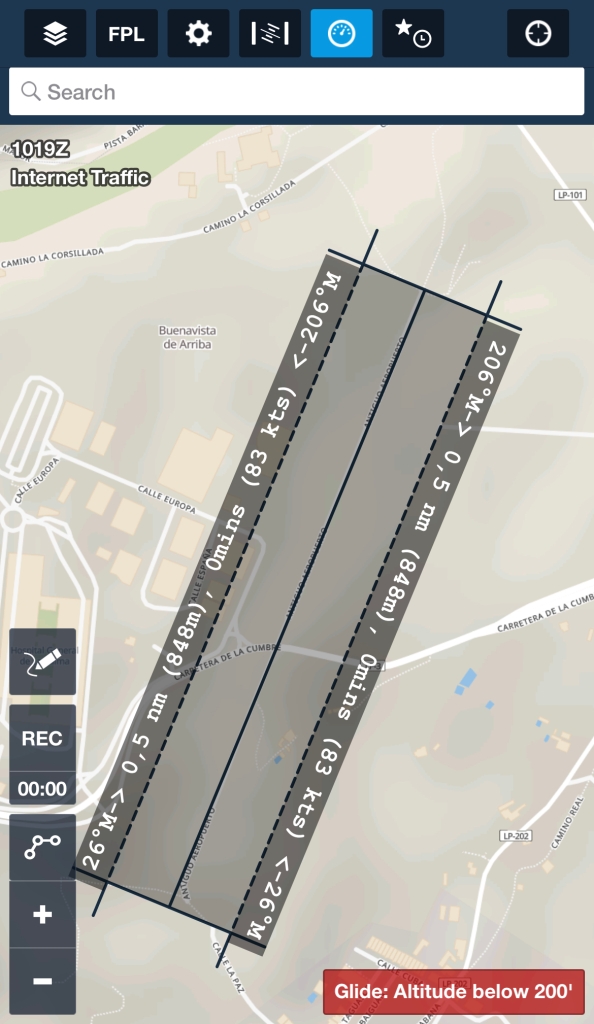
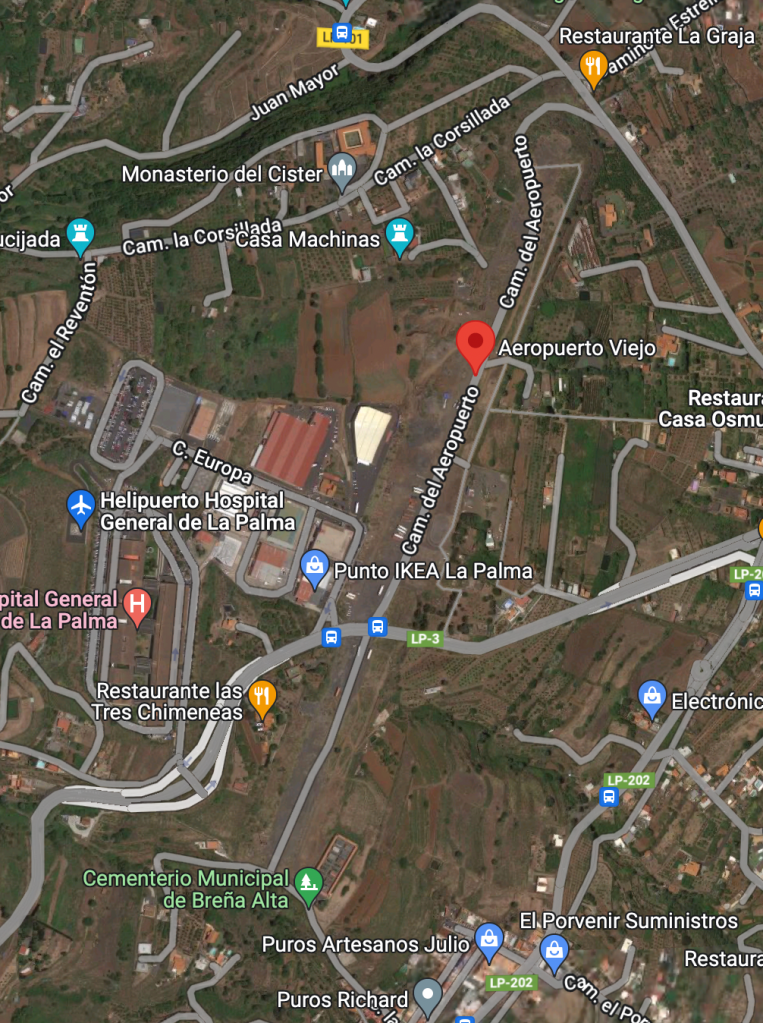


At least you can drive on the runway. Should have paid attention to the distance the car would have measured to know the exact length. And I think I did it, but forgot the note it somewhere…

And this image looks like the apron just in front of the tower and terminal building.
Well, that’s it folks! A piece of history, pity they didn’t make anything special of it. But it seems there were a lot’s of problems with the ground and properties. But this would be something for a “non aeronautical post”, which is not the subject of my blog.
You can find more about the history in the following article: https://www.aena.es/es/la-palma/conocenos/historia.html (Many thanks to Claudio Sánchez for sharing this link).
Wish you safe flying!







